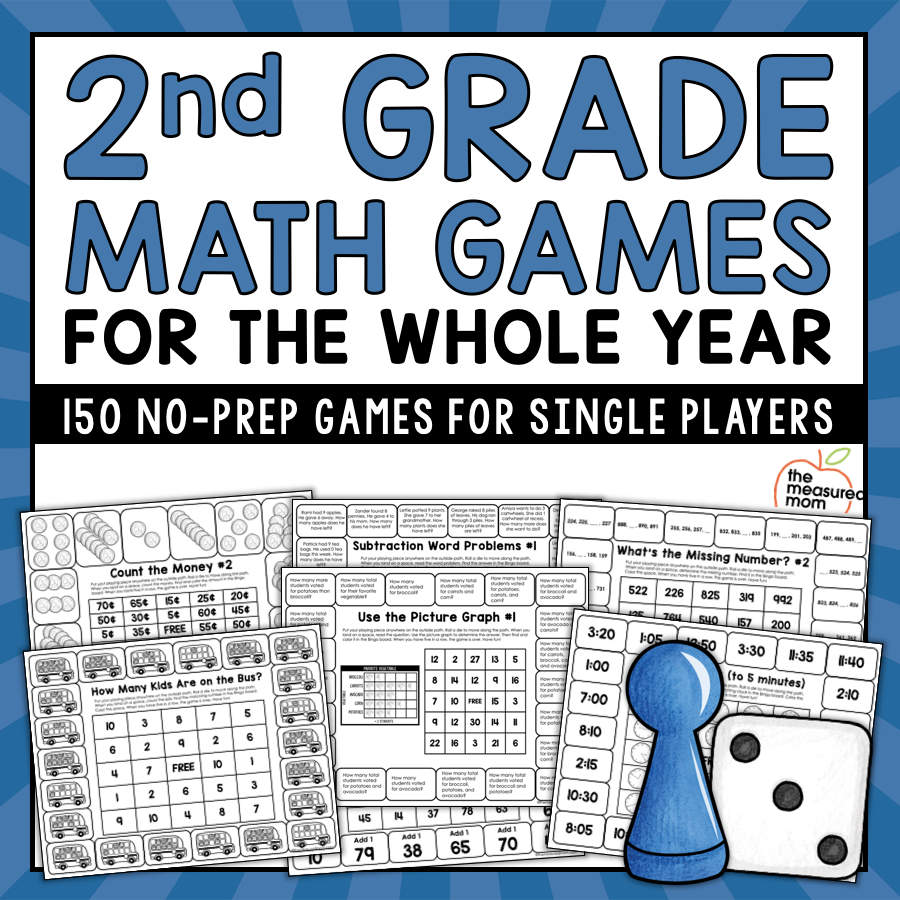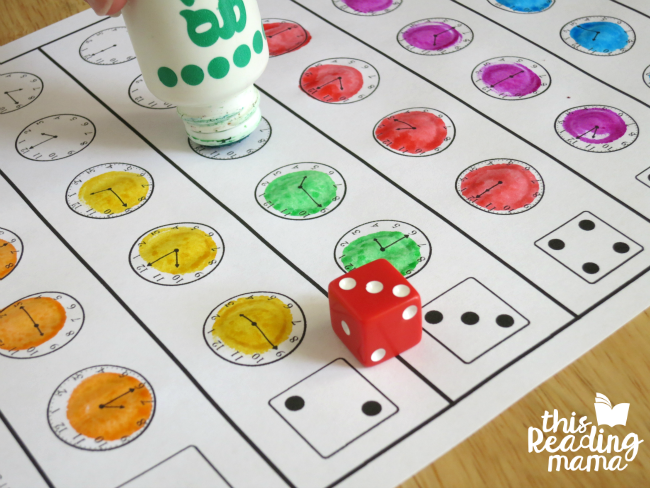
Scientists can count many animals but not all. Scientists often estimate their population density by using basic math such as the number fish in an area. These studies are particularly useful in cases where certain fishes tend to stay close to the New England coast. And by counting fish, scientists can also track population density over time. Read on to learn more about the science behind counting fish. This article explains some of the challenges scientists face when counting fish.
NOAA's Trawl System: Problems
The NOAA's trawl method is basically unchanged since 1960. This means that fish population and behavior can vary widely depending on where they are located. Hence, the current NOAA fish counting system is not an adequate way to monitor their abundance. This system needs to be improved and scientists need to have a better understanding of the ecosystem. To improve NOAA's fish count accuracy, it is necessary to use new technology to measure the size and distribution of fish in the sea.
New England is an important center for fisheries scientific research. Regional fisheries experts are developing new technologies and techniques that will improve fisheries statistics. They are striving to create a better fisheries statistics, a more reliable system and the best policy possible to protect our nation's fishing stocks. These new technologies will provide data that will assist fisheries managers in balancing sustainability and survival.

Methods to estimate fish populations
Biologists can use various methods to estimate the population size of salmon and other fishes. They can count adult fish in bodies of water and use statistics to derive estimates. Zippin's maximum probability model was considered the most reliable. Also statistically significant estimates were produced by the Carle & Strub maximum-weighted likelihood model. An example of this is a fish count that was done following a reservoir drainage. This can be used for refining a fish population estimation.
Scientists in Boston have developed a new sonar technology that can detect fish presence by scanning areas that are a million times larger than before. The new technique, say researchers, will change the way fisheries regulators manage resources. Science published a report detailing the methods of the scientists. Nicholas Makris, lead author of the report says the new methods have greater accuracy than older methods. This is crucial because it allows scientists to make more accurate estimates regarding the fish population.
Important importance of certainty in data about fisheries
Fisheries are complex and require high levels certainty in order to manage them. For management controls to be effective in fisheries, it is essential that there is a high degree of certainty when estimating MFMT and current biomass. Ideally, these data should be set close to the MSY, but far enough away to allow for variations in the resource. Uncertainty in data does not just relate to the degree of predictability that is associated with resource dynamics and resource status, but also to the actual effects of management actions.
Many scientists also use different types of information to assess the vulnerability and viability of fishery stocks, in addition to SDC's high level of certainty. Alternative data sources include visual census surveys, recent average catch, and length/weight frequency. These data, regardless of where they came from, should be explained in order to help fisheries managers. Here are some of the most critical considerations of SDC for sustainable management.

Challenges of automating fish counts
Automated processes can be used to improve NOAA's fish counts in many ways. These counts can give scientists a better idea of the health of an ecosystem and the population. The downsides of automated processes are that they introduce more sources of error as well as increasing data volume. These problems are being solved by several new methods. Before we can automate fish counts, however, we must first understand the actual workings of the ocean. The ocean is a dynamic environment with many factors that can influence the behavior of fish populations and their population.
Common methods of monitoring fish abundance include remote underwater camera stations (BRUVS), which are often used for baiting. These stations provide a reliable way to count fish abundance. But manual data collection is costly and limits the system's scalability. Computer vision is now being used in automated video analyses to get around this bottleneck. Technical limitations prevent automated image analysis from being used for routine monitoring of fisheries.
FAQ
What is a Trade School?
Trade schools provide an alternative pathway for students who have not achieved success at traditional higher educational institutions to earn a college degree. They offer career-focused programs designed to prepare students for specific careers. Students enrolling in these programs typically complete two years of coursework in a single semester and then enter into a paid apprenticeship program where they learn a job skill set and receive on-the-job training. Trade schools can be vocational schools, technical colleges or community colleges. Some trade schools offer associate degrees.
How long should I study each semester?
The amount of time that you spend studying depends on several factors.
These factors are not the only ones. Some schools may also require you to take certain classes each year. This means that you won't always be able take the same courses every semester. Your advisor will tell you which courses are required for each semester.
Should I specialize in one subject or branch out?
Many students prefer to be a specialist in one subject (e.g. English, History or Math) rather than pursuing multiple subjects. However, it's not always necessary to specialize. For instance, if your goal is to become a doctor you can choose to focus in either surgery or inner medicine. You could also choose to specialize in family practice, pediatrics, gerontology or neurology. If you're interested in a career as a business professional, you can focus on management, finance or operations research. The decision is up to you.
What's the difference between college and school?
Schools are often divided into classes or grades, with one teacher teaching a class of students. Colleges, which are often larger and offer more specialized classes, may also include university-level programs. The majority of schools focus on core subjects, while colleges offer more specialized programs. The curriculum at both levels is designed to prepare students for further study at higher levels.
Statistics
- These institutions can vary according to different contexts.[83] (en.wikipedia.org)
- Data from the Department of Education reveal that, among 2008 college graduates, 92.8 percent of humanities majors have voted at least once since finishing school. (bostonreview.net)
- Globally, in 2008, around 89% of children aged six to twelve were enrolled in primary education, and this proportion was rising. (en.wikipedia.org)
- They are more likely to graduate high school (25%) and finish college (116%). (habitatbroward.org)
- “Children of homeowners are 116% more likely to graduate from college than children of renters of the same age, race, and income. (habitatbroward.org)
External Links
How To
Why homeschool?
When choosing whether to homeschool or send your child to school, there are several factors to consider.
-
What type of education do you want for your child? Are you looking for academic excellence or social skills development?
-
What level of involvement do you desire to have in your child's education and learning? Are you more interested in being kept informed about your child's progress? Do you prefer to stay informed about what your child is doing?
-
Is your child a special needs child? What can you do to help your child with special needs?
-
Are you able to manage the schedule of your child? Do you have the time and commitment to teach your child at home each day?
-
What types of subjects will you cover? Math, science, language arts, art, music, history, geography, etc. ?
-
What amount of money are you able to spend on your child's education?
-
Is your child able to go to school?
-
Your child will need a place to live. You need to locate a suitable space that is large enough for a classroom as well as adequate facilities, such as bathrooms or kitchens.
-
What is your child’s age?
-
When does your child go down to sleep?
-
When does he/she finally wake up?
-
What time does it take to go from point A to point C?
-
How far away is your child's school?
-
How far is it from your home to your child's school.
-
How do you get your child to school?
-
What are some of these benefits?
-
What are the disadvantages?
-
Who will look after your child outside?
-
What are your expectations for your child?
-
Which discipline will you choose?
-
What curriculum will your school use?
Homeschooling is a great option for many reasons. Here are some of the reasons.
-
Your child has learning disabilities that prevent him/her from attending traditional schools.
-
You want to provide an alternative form of education for your child.
-
You desire more flexibility in scheduling.
-
You don't want to pay high tuition fees.
-
You feel your child is getting a better education than you could in a traditional school.
-
You believe that you can teach your child more than the teacher at a traditional school.
-
You don't like how the school system works.
-
You feel uncomfortable with the rules and regulations of the school system.
-
You want your child with a strong work ethic.
-
You want to give your child the freedom to choose what courses you take.
-
You want your child to receive individual attention.
Homeschooling also offers many other benefits, such as:
-
There's no need to be concerned about books, uniforms pencils, paper or supplies.
-
Your child can be educated according to their interests.
-
Homeschooling allows parents to spend quality time with their kids.
-
Students who have been homeschooled learn better because they're not distracted by peers.
-
Many homeschoolers score higher in standardized tests.
-
Homeschool families tend be happier overall.
-
Students who homeschool are less likely than others to drop out of school.